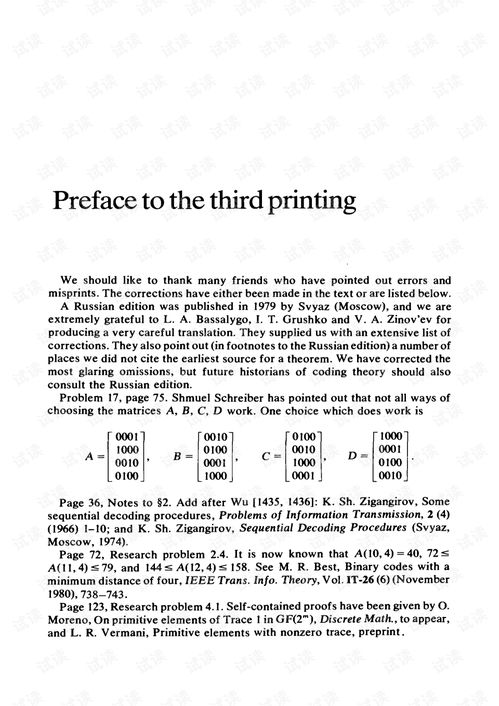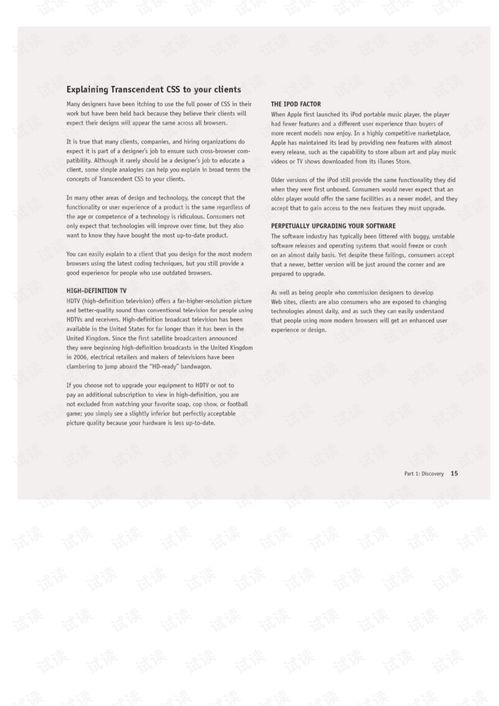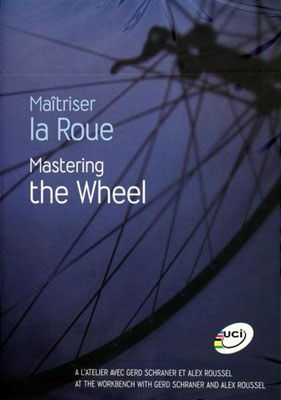Introduction
Fishing is an art that requires patience, skill, and a deep understanding of the water and the fish you're targeting. One of the fundamental aspects of successful fishing is knowing how to properly bait your hooks. This article delves into the intricacies of hook baiting, offering a comprehensive guide to mastering this essential fishing technique.
Understanding Hook Baiting
Hook baiting is the process of attaching bait to a fishing hook in a way that maximizes the chances of catching fish. The right bait, presentation, and technique can make the difference between a fruitful day on the water and a disappointing one. Let's explore the various aspects of hook baiting in detail.
Choosing the Right Bait
The first step in hook baiting is selecting the right bait. The type of bait you choose depends on the species of fish you're targeting and the conditions of the water you're fishing. Here are some common types of bait and their applications:
Live Bait: Live bait, such as worms, minnows, or leeches, is often the most effective for catching fish. Live bait is preferred because it moves naturally in the water, which can trigger a fish's predatory instincts.
Dead Bait: Dead bait, such as dead minnows or fish, can also be effective. It's particularly useful in areas where live bait is scarce or if you're targeting fish that are less likely to bite on live bait.
Artificial Bait: Artificial bait, such as lures or soft plastics, can be used to mimic the movement of real prey. They are versatile and can be used in various fishing conditions.
Natural Bait: Natural bait, such as insects, crustaceans, or plant matter, is often used for specific species of fish and can be found in the area you're fishing.
Attaching the Bait to the Hook
Once you've chosen your bait, the next step is to attach it to the hook. Here are some common methods:

Worming: To worm a hook, thread the worm onto the hook so that it's partially on and partially off. This allows the worm to move naturally and gives the fish something to bite onto.
Jigging: Jigging involves attaching a piece of bait, such as a minnow or a plastic worm, to the hook in a way that allows it to move erratically through the water. This can be particularly effective for targeting fish that are feeding on smaller prey.
Split Shot Rigging: This technique involves attaching a split shot weight to the line above the hook. The weight helps to keep the bait at a specific depth and can be particularly useful in deeper water or when fishing with heavier bait.
Bobber Rigging: Bobber rigging involves using a bobber to control the depth at which the bait is presented. This method is often used when fishing for panfish or other species that feed near the surface.
Techniques for Presenting the Bait
The way you present your bait can significantly impact your chances of catching fish. Here are some key techniques:
Natural Presentation: Let the bait move naturally in the water. Avoid excessive movements that can spook fish.
Pencil Casting: This technique involves casting the bait in a straight line, allowing it to sink naturally. It's effective for targeting fish that are feeding near the bottom.
Pitching: Pitching involves casting the bait directly towards the target area. This technique is useful for covering a smaller area and can be effective for targeting specific spots.
Trolling: Trolling involves moving the boat at a steady speed while dragging the bait behind it. This method can cover a large area and is effective for targeting fish that are spread out.
Conclusion
Mastering the art of hook baiting is an essential skill for any angler. By understanding the types of bait, the techniques for attaching them to hooks, and the methods for presenting them in the water, you can significantly improve your chances of catching fish. Whether you're a beginner or an experienced angler, investing time in refining your hook baiting skills will pay dividends on the water. Happy fishing!












